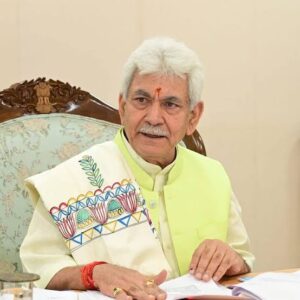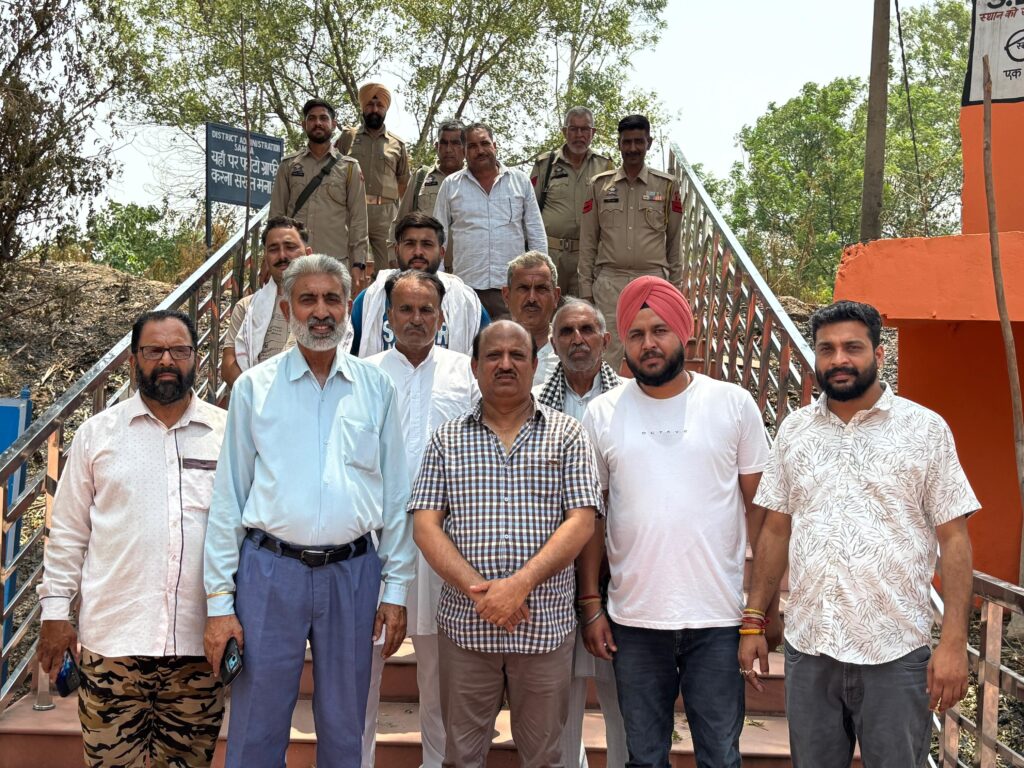Rivers of Jammu and Kashmir
INDUS RIVER
Indus River also known as Lion River, originates in the Tibet which comes under the China. Because of its origin, it is also known as Sengge Tsangpo River. This River flows from the desert region of the Leh valley in Ladakh. The Indus River, gives a different attraction destination for the people who came to Ladakh. This river has made a canyon on those ways from where it goes, esp. on Ladakh and Zanskar range. Indus River flows from the places where you can see many monasteries, gompas, years old statues and frescoes. This River is suitable for the River rafting.
JHELUM
Lavishly beautiful river Jhelum lends additional charm and serenity to the urban environs of the Srinagar city, meandering its way through its interiors gently but gorgeously. It is the Danube equivalent of Kashmir with most of the big and historical towns dotting its splendid shores from south to north. If Egypt has thriven on the bounties of the Nile, it is true to affirm that Kashmir is a gift of the Jhelum. There is no other instance of a high altitude valley of the dimensions of Kashmir intersected by a broad river for over 80. Kms. Navigable from Khanabal to Khadinyar, the river used to connect Anantnag with Srinagar and Baramulla through boats till the middle of the last century when the road transport was almost negligible in the Valley. Though river Jhelum has ceased to be a link of water transport, it definitely has gained prominence for being the main source of water for irrigation and other purposes in the Valley.
Jhelum originates from the Verinag Spring situated at the foot of the Pir Panjal range in the south Kashmir. It flows through Anantnag, Bijbehara, Awantipur, Pampore, Srinagar, Sopore and Baramulla before entering Pakistan through Uri gorge. In ancient times, it was known as Vitasta and today many Kashmiris call it Vyeth. It was also known to Greeks who named it Hydaspes. Alexander the Great and his army crossed the Jhelum in BC 326 and defeated the local king, Porus. The river also finds mention in the Rig Veda
In Jammu and Kashmir, Jhelum is 400 kms long and drains 28, 490 sq, km. on its right, it is joined by Bringi, Lidder, Harwan, Sindh, Erin, Madhumati and Puhru rivers while as on its left by Sandran, Vishav, Rambiara, Dudhganga and Sukhnag rivers. The Jhelum flood plain is 1585 m above the sea level. Almost motionless as it approaches Srinagar city, its lake- like surface and the huge curves catch the sight of the visitors. Its shores are bedecked with some of the exquisite examples of architecture interspersed with willow and chinar patches in between. Its nine bridges themselves are maste.
SHYOK RIVER
Shyok River is tributary of Indus River, starts from the Rimo glacier in the Siachen glacier. This River meets with the Nubra River and become broad. After meeting with the Nubra River, it flows towards the Pangong area in the South East direction. From the Panging area, it flows ahead towards the North West direction and again flows parallel to its first path. After returning to its path it merges with the Indus at Keris in the east of Skardu.
SURU RIVER
The Suru River is a 185 kilometres (115 mi) long river, that originates from the Panzella glacier which lies at Pensi La pass near the Drang Drung Glacier. The Drang Drung Glacier also gives rise to the Stod River which flows down in the opposite direction from the Suru. The source of the Suru River lies 142 kilometres (88 mi) south of Kargil town, and 79 kilometres (49 mi) north from Zanskar. The river flows entirely within the jurisdiction of Kargil district. It flows through the towns of Tongul, Suru, Grantung, Goma and Kharul.
SIND RIVER
The Sind with a course of about 116 km and a basin area of about 1656 km is the most well developed side valley of the Jhelum. It’s headstreams rise below the peaks of Mushran Bal and the Amarnath Peak (5270 m) in the northeastern part of the Kashmir valley. A few kilometers above Baltal it receives a headstream from Kolahoi glacial tract. At Baltal a headstream from Zojila pass joins it. At Sonamarg the gushing torrent flows through a narrow channel with deeply incised caves in the bordering rocks on either bank. Further down, the river bed deepens more and more to assume the character of a gorge. After emerging out from the gorge near Gagangir, the valley starts widening out.
The Sind is fed by numerous streamlets, in its course through the mountain ramparts. The most significant tributary of the Sind is the Kanaknaz which joins it on the right bank at village Kazipura below Kangan. The Kanaknaz drains the picturesque valley of Wangat and has its main source in the Gangabal lake below Harmukh. The lake is sacred to Hindus and is situated at an altitude of above 3500 m. One branch of the Kanaknaz flows alongside the Sind and falls into the Mansbal lake.
Flowing in almost a westerly direction on the northern flank of a projected ridge culminating in Harwar (3449 m), the Sind makes a sharp bend above Ganderbal before entering into a wide flood plain. As the river debouches into the plain area, it is bifurcated into a number of channels. One of these channels escapes into the Anchar lake while the others merge with the Jhelum near Shadipur. The Sind has been the most exploited river for the generation of hydroelectricity. The Sind, with its network of confluent streams exhibits an ideal dendritic pattern of drainage.
The Sind River is the natural habitat of Trout, and other various types of fishes. The Sind River passes through a famous Alpine hill station Sonamarg where river rafting tournaments on the river are being organised yearly by the Tourism Department of Jammu and Kashmir. It is the only river in Jammu and Kashmir on which three hydroelectric power plants are functional.
major rivers in Jammu and Kashmir:
- Chenab River
- Doda River
- Dras River
- Indus River
- Jhelum River
- Markha River
- Neelum River
- Nubra River
- Ravi River
- Shingo River
- Shyok River
- Suru River (Indus)
- Tawi River
- Tsarap River
- Yapola River
- Zanskar River
- Astor River
- Nagar River
- Dras River
- Balram River
- Ghizar River
- Gar River
- Gumal River
- Gilgit River
- Kurram River
- Kabul River
- Shigar River
- Panjnad River
- Sohan River
- Shyok River
- Zanskar River
- Tanubal River





